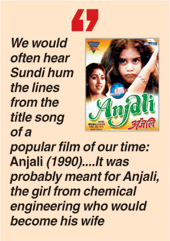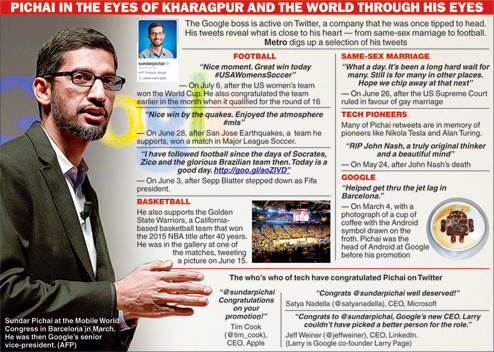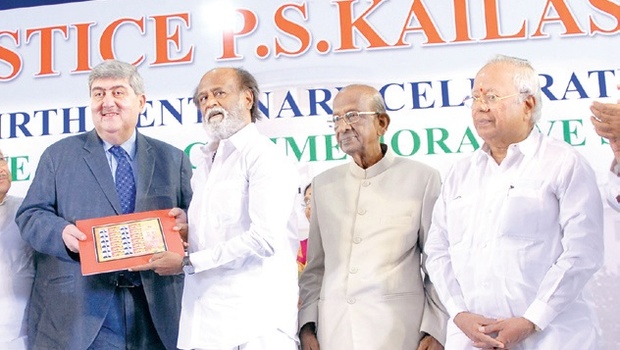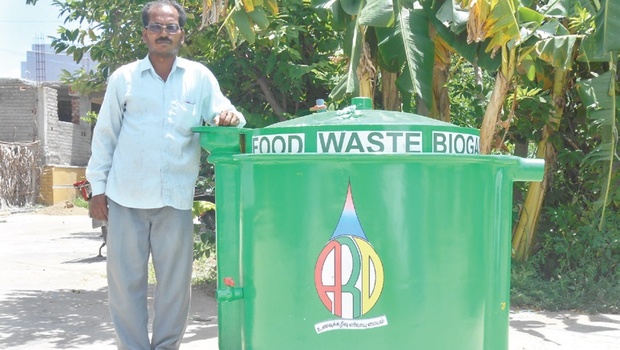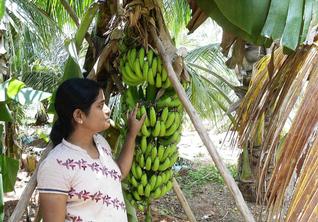Daisy D’Costa, 84, is arguably the first woman in India to undergo a coronary artery bypass surgery
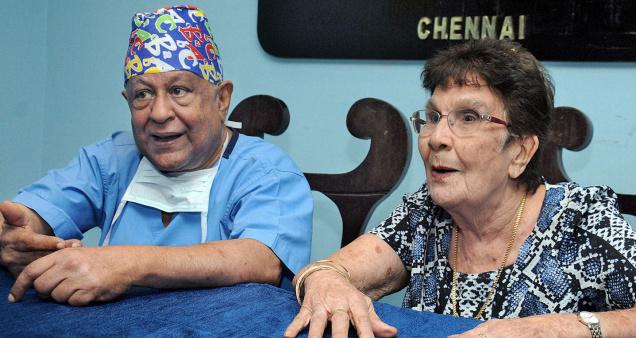
It was a few days after Easter, on a hot April morning in 1976, that Daisy D’Costa became, arguably, the first woman in India to undergo a coronary artery bypass surgery.
Then 44, the resident of Perambur had returned from delivering a parcel at the Railway Hospital a few hours earlier, when she felt a pain in her chest – she had had a heart attack. “I was tearing off my clothes, it was that bad,” she says. Her husband was at the cinema, but her son rushed her to the hospital, where, she heard the doctors say, “she has to be opened up.”
Cardiac surgery was in its infancy in the country then and there was no experience with coronary artery bypass surgeries, says K.M. Cherian, chairman, Frontier Lifeline Hospital, who was then with the Railway Hospital. He led the team which performed the surgery on Ms. D’Costa. “We did not have a cath lab for the angiogram or a trained cardiologist to perform it. We did not have a perfusionist to operate the heart-lung machine. A signals and telecommunications engineer from Southern Railway handled it. We used silk as the suture material – nowadays, its prolene. We had no magnification or headlights that are routine today. We used a disc oxygenator, which is now a museum relic. It was a very primitive set up. But this did not stop us,” he says.
There were no stents back then and no keyhole procedures – the surgery was open heart and a vein from Ms. D’Costa’s leg was used to patch up her heart, says Dr. Cherian.
Friends and relatives of Ms. D’Costa had urged her to go abroad for the procedure. But she was adamant about staying in India. “I was comfortable here and Dr. Cherian gave me confidence. I was not scared at all,” she says. Seven months after she was first diagnosed with coronary artery disease, Ms. D’Costa underwent the surgery. Her husband, who worked for the World Health Organisation in Europe then, flew down. “Dr. Cherian told my husband – ‘I will give you back your wife and then you can fly out. And he did,” Ms. D’Costa says.
After a four-hour surgery and 11 days in hospital, Ms. D’Costa was back home. There was a little pain in chest and thigh and some breathlessness but things soon retuned to normal — she was back to travelling the world over with her husband and raising her five children. Almost 40 years later, at 84, Ms. D’Costa, who is 10 years older than her surgeon, is still sprightly and smiling. She lives in Perambur, but spends part of the year in Australia, where three of her five children, some of her eight grandchildren, and four of her great-grandchildren live.
K.M. Cherain, heart surgeon, says it was a primitive set up and a Railway signals engineer handled the heart-lung machine during the surgery.
source: http://www.thehindu.com / The Hindu / Home> News> Cities> Chennai / by Zubeda Hamid / Chennai – July 09th, 2015
